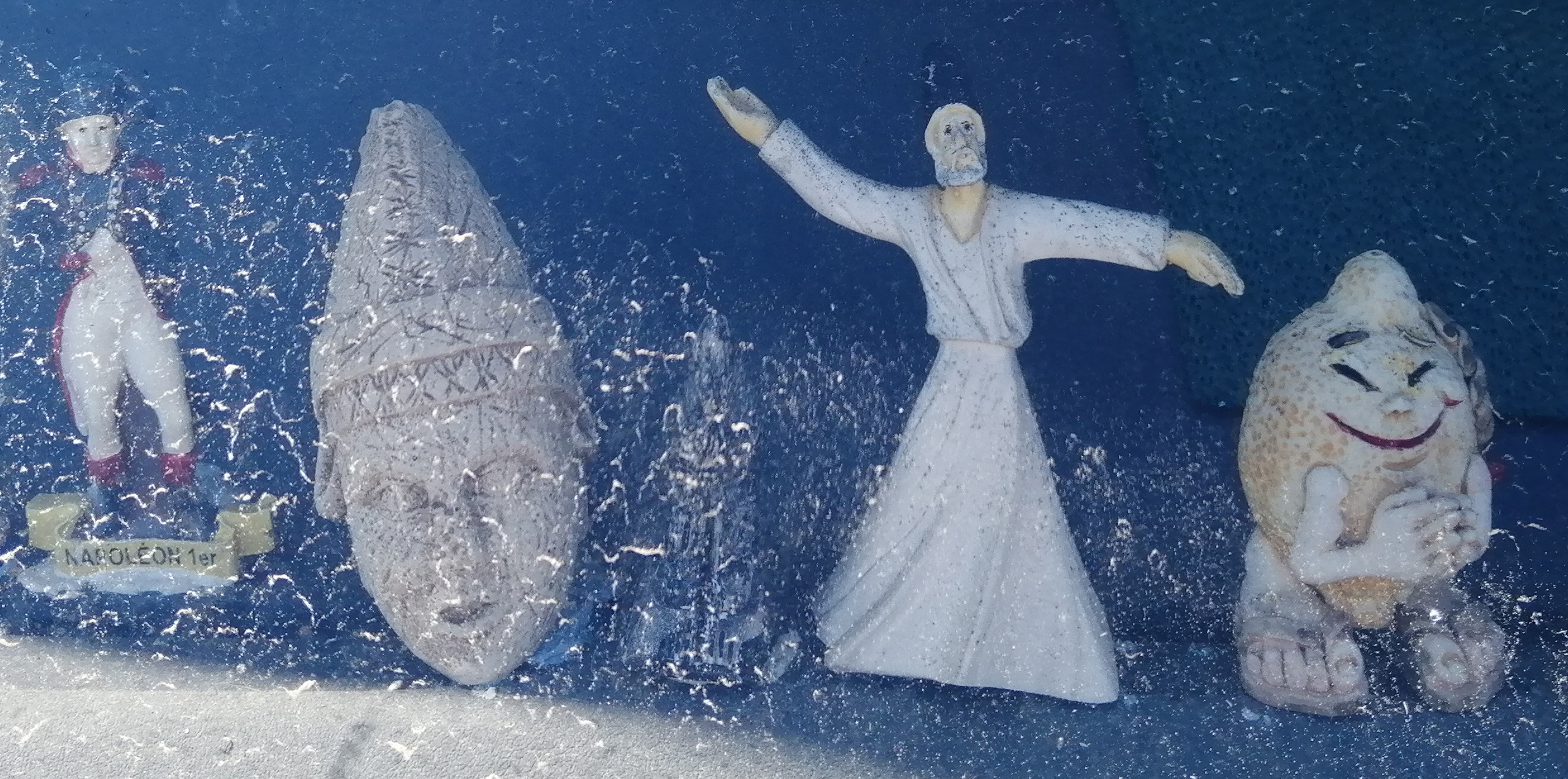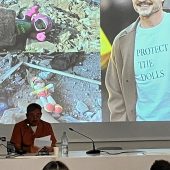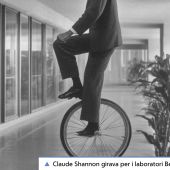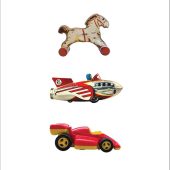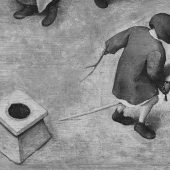Critical attention to toys demonstrates that the instrumental nature of machines and systems is less stable than generally assumed. And it shifts ontological questions from the essences of particular types of object to the ways in which objects are used; that is, rather than categorising toys as distinct from other classes of artefact and technology, it suggests addressing modes of their ‘use’ and play. Sticks, ritual figures, cardboard boxes and computers become toys in the moment of their animation in play, and sometimes only during that moment. The salient term here is not ‘toy’, but toying, the engagement with the natural and artefactual environment characterised not by teleological and instrumental purpose but rather the material-semiotic, playful and open-ended manipulation of stuff and ideas to hand.
The term ‘toyetic’ emerges from the language of recent commercial and mediatised toy production, referring to the visual characteristics of a character or other entity in a media franchise that are optimised for transmedia platforms and merchandising. The stylisations of cartoon animals and superheroes lend themselves to easy reproduction and recognition on crowded toyshop shelves or internet media, and to easy identification of intellectual property in a cluttered media economy of copies and piracy. For instance, the characters Timon and Pumbaa in Disney’s The Lion King are toyetic in their anthropomorphism and cartoon-animation aesthetic. However the lions themselves were drawn more naturalistically, allowing other companies to produce sets of toy lions that cashed in on Disney’s success without violating copyright. My appropriation of ‘toyetic’ draws on and includes this sense, but I use it more generally to denote the ‘toy-like,’ to refer to the material, mechanical and semiotic characteristics of toys themselves that make them toys, but which can also be found in other, related, objects, objects that might have the potential to become toys in certain circumstances or which relate to toys in interesting ways. As such it allows us to use the toy to think about the playful, non-instrumental and simulacral dimensions of technology at large. It suggests aspects and potentials of material (scale, touch, manipulability) and aesthetic that toys have and do, and that characterise in varying ways many or most objects and systems. I use toyetic and not toy-like as the latter suggests a comparative or metaphoric relationship between technologies and toys, rather than a synecdochical relationship in which the toy and the non-toy might share key capacities, mechanical, experiential, and imaginary.
[from draft of ‘Toy-Being’ chapter of Toy Theory (forthcoming: 2023)].
